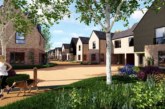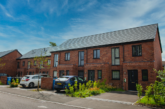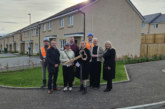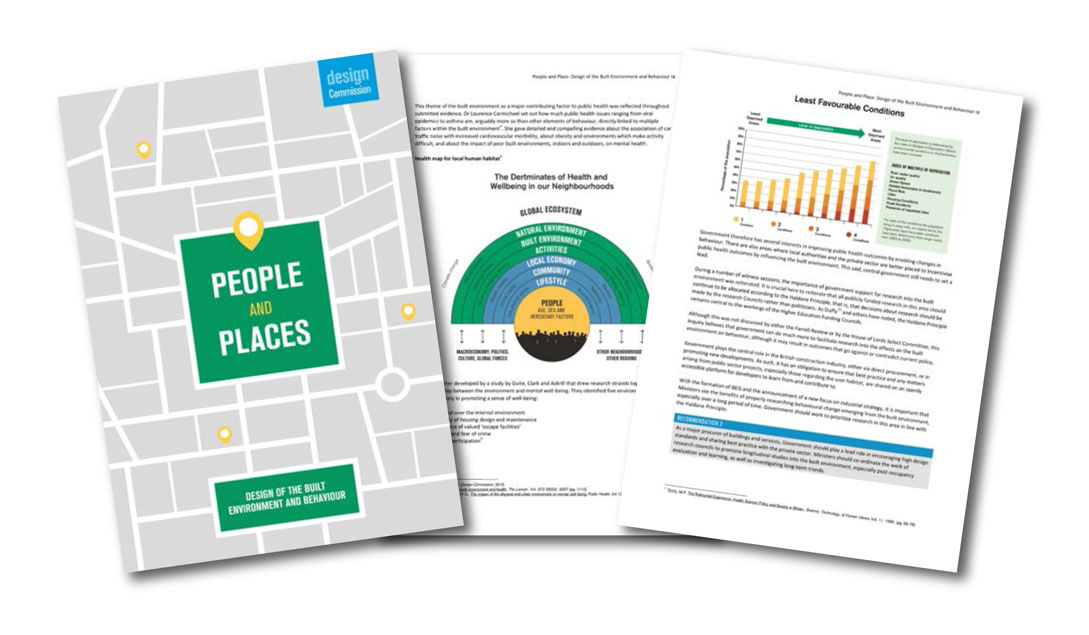
Local authorities have an important role to play in the design of the built environment, believe Alan Penn and Baroness Whitaker, Co-Chairs of the People and Places inquiry.
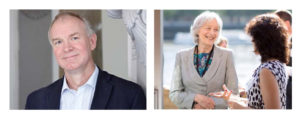 The Built Environment may not be at the top of people’s agenda in the context of a challenging economic climate and the impending redefinition of Britain’s legal framework when we formally withdraw from the European Union. However, these challenges still offer the opportunity to encourage a healthier, happier, more productive and sustainable society. Over the years, Government can bring about opportunities to address housing shortages, promote greater social cohesion and improve health and wellbeing through changes in Britain’s built environment.
The Built Environment may not be at the top of people’s agenda in the context of a challenging economic climate and the impending redefinition of Britain’s legal framework when we formally withdraw from the European Union. However, these challenges still offer the opportunity to encourage a healthier, happier, more productive and sustainable society. Over the years, Government can bring about opportunities to address housing shortages, promote greater social cohesion and improve health and wellbeing through changes in Britain’s built environment.
It is generally acknowledged that Britain’s stock of housing is insufficient, especially in those parts of the country where employment is growing, and so more needs to be built. Most estimates from experts — including last year’s report by the House of Lords Building More Homes — suggest that at least 300,000 new homes must be built each year, every year for the next decade to account for the current shortfall. This is before taking into account future population growth.
However, there is a conundrum. The history of the last seventy years of housing development has led the public at large to consider new development to be likely to be a bad neighbour. Both public and private sector are to blame, along with planning policies and market specialisation that have led to the separation of different urban functions into single function areas — the business park, retail park and housing estate all built on separate estates, and only accessible in reality by car. This pattern of urbanisation has behavioural, economic and social consequences. People drive rather than walk or cycle, with effects on both health and sustainability, and because they see little benefit except for the negative consequences for traffic of new development they are converted into NIMBYs. This is central to a breakdown in social cohesion, when development and the interests of the public are put at odds.
Key to solving this is a new and innovative approach to design and resources. Policy-making for the built environment has traditionally been centralised, but muddled and fragmented. The devolution agenda has the potential to empower local authorities, especially as part of the new city deal initiative. This must entail the real devolution of responsibility from Whitehall to Britain’s towns and cities.
Clear design principles
People and Places: Design of the built environment and behaviour argues that there are clear design principles that can be led at different governmental levels, allowing local authorities and regional Mayors greater scope to influence and implement the design of our built environment. As well as addressing the housing shortage, good design also enables greater social cohesion within local communities.
The report suggests that the Department for Communities and Local Government (DCLG) should develop a new framework to increase the knowledge base of local authority leaders and to promote information sharing at all levels. This can be achieved through bilateral meetings, developing new partnerships between councils and the private sector, and engaging with universities and neighbouring authorities to share examples of ways in which the planning system can impact on behaviour.
Recommendation 5: Local authorities should ensure adequate capacity in the planning system — working in the context of localism, devolution, and elected City Mayors — to ensure that best practice is followed when considering the design, construction and future management and maintenance of the built environment in new developments.
In Building Better Places, it was recommended that the Government should include supporting housing associations in their aspiration to increase housing supply, including reviewing the impact of financial constraints and other pressures on local authority finances.
The report also calls for the positive vision expressed in the Shared Ownership and Affordable Homes Programme for 2016-21 and the DCLG’s recent proposals set out in Fixing Our Broken Housing Market to be implemented as a priority for policy makers.
The best housebuilders build excellent homes in delightful neighbourhoods. The rest of the industry now needs to accept the Government’s challenge in the Housing White Paper for better homes by employing the best designers and delivering great neighbourhoods for everybody. By further devolving authority and sharing more information from central government to local authorities, Britain may finally get the housing policy that it deserves.

